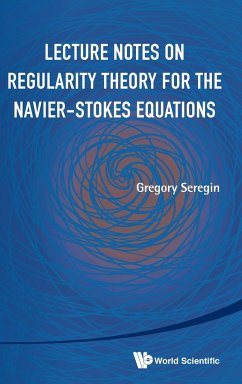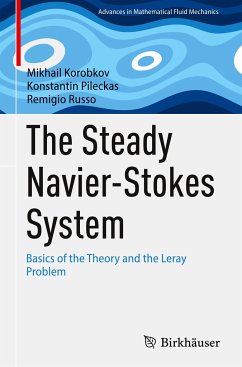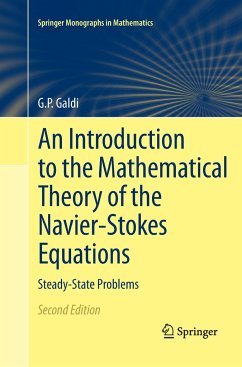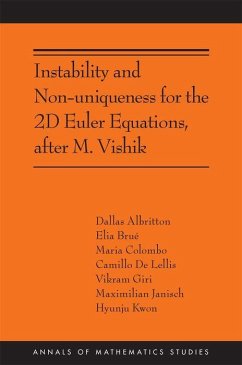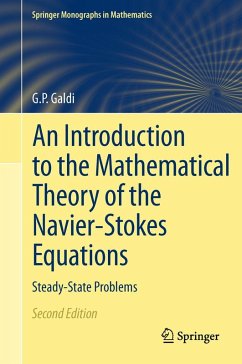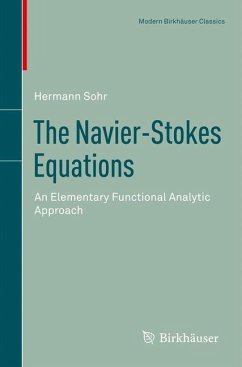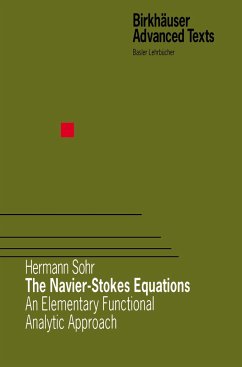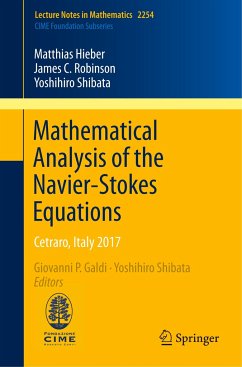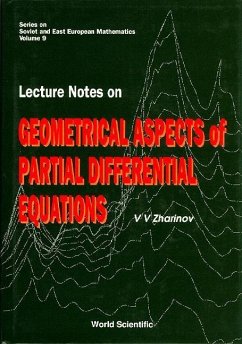
Lecture Notes on Regularity Theory for the Navier-Stokes Equations (Second Edition)
Versandkostenfrei!
Erscheint vorauss. 17. November 2025
79,99 €
inkl. MwSt.

PAYBACK Punkte
40 °P sammeln!
This book is based on the lecture notes for the TCC (Taught Course Centre for graduates) course given by the author in Trinity Terms of 2009-2011 at the Mathematical Institute of Oxford University. It provides an accessible yet rigorous introduction to the mathematical theory of the Navier-Stokes equations, including both classical PDE theory and modern regularity results developed in the style of the St Petersburg school. The book covers fundamental concepts from basic theory to state-of-the-art results, with a focus on the interplay between regularity and well-posedness -- a central theme in...
This book is based on the lecture notes for the TCC (Taught Course Centre for graduates) course given by the author in Trinity Terms of 2009-2011 at the Mathematical Institute of Oxford University. It provides an accessible yet rigorous introduction to the mathematical theory of the Navier-Stokes equations, including both classical PDE theory and modern regularity results developed in the style of the St Petersburg school. The book covers fundamental concepts from basic theory to state-of-the-art results, with a focus on the interplay between regularity and well-posedness -- a central theme in the study of the Navier-Stokes equations and one of the Millennium Prize Problems.The second edition introduces major new material that extends the scope of the original text. Chapter 8 explores the regularity of axially symmetric solutions and examines Type I and Type II blowup in suitable weak solutions, offering insights into possible singularity formation and the broader global regularity problem. In addition, Appendix C provides detailed proofs of key results, enhancing the mathematical rigor and connecting the material to ongoing research and open problems in fluid dynamics.Together, the comprehensive coverage of classical and modern theory, enriched with these new contributions, makes this edition a valuable resource for graduate students, researchers, and anyone interested in the analytical foundations of fluid dynamics.



